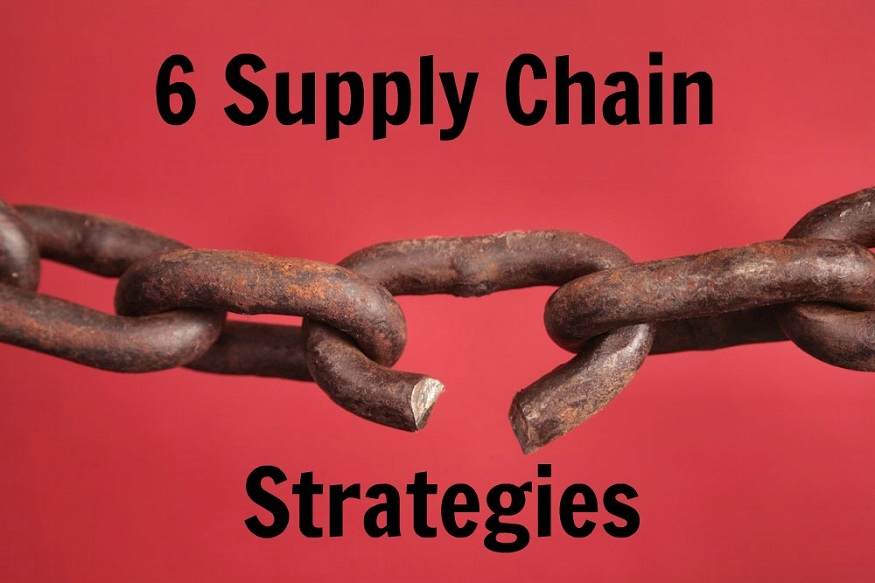Designing an effective supply chain strategy is crucial for any business looking to thrive in a competitive landscape. Your supply chain is the backbone of your operations, impacting everything from production efficiency to customer satisfaction. Whether you’re a small startup or an established enterprise, supply chain optimization can make a significant difference in your overall success. Here are three key ways to design an effective supply chain strategy that aligns with your business goals.
1. Conduct a Comprehensive Supply Chain Analysis
Before you can design an effective supply chain strategy, you must first understand the current state of your operations. A thorough analysis of your existing supply chain processes can help you identify inefficiencies, bottlenecks, and areas for improvement. Start by mapping out your entire supply chain, from sourcing raw materials to delivering finished products to customers.
Once you have this map, assess each component of your supply chain for performance metrics. Look at factors like lead times, inventory levels, transportation costs, and supplier reliability. Gathering data such as spend analysis in procurement and others from various departments, including logistics, sales, and finance, will provide a holistic view of your supply chain’s performance. Pinpointing weaknesses and inefficiencies will let you create targeted strategies to enhance productivity and reduce costs.
2. Use Technology for Greater Efficiency
Technology plays an indispensable role in supply chain management. Investing in the right tools and software can help streamline your operations, improve data accuracy, and enhance overall efficiency. For instance, enterprise resource planning (ERP) systems integrate various business functions, providing real-time data that can help you make better decisions.
Consider incorporating automation into your supply chain processes. Automation can significantly reduce manual labor and minimize errors, especially in areas like inventory management and order processing. Automated inventory systems can track stock levels in real-time, allowing you to make timely decisions regarding reordering and restocking. Additionally, using advanced analytics tools can help you forecast demand more accurately, ensuring that you have the right products available when customers need them.
3. Foster Strong Supplier Relationships
Your suppliers are critical partners in your supply chain, and nurturing these relationships can lead to a more efficient and effective operation. Communicate openly with your suppliers about your expectations, needs, and challenges. Regular meetings can help build trust and foster collaboration, ensuring that both parties are aligned in their goals.
Consider implementing a supplier evaluation program to assess the performance of your suppliers regularly. Criteria such as quality, reliability, and responsiveness can help you gauge their performance and identify areas for improvement. Through constructive feedback and recognizing excellence, you can encourage your suppliers to strive for better service and quality.
The Bottom Line
Designing an effective supply chain strategy is essential for any business seeking to enhance operational efficiency and customer satisfaction. Investing time and resources into optimizing your supply chain will yield significant benefits, including cost savings, improved service levels, and greater competitiveness in the marketplace. Remember, the supply chain is a dynamic system that requires ongoing attention and adjustment. Prioritizing these key areas will ensure that your supply chain remains efficient, resilient, and aligned with your business objectives.






